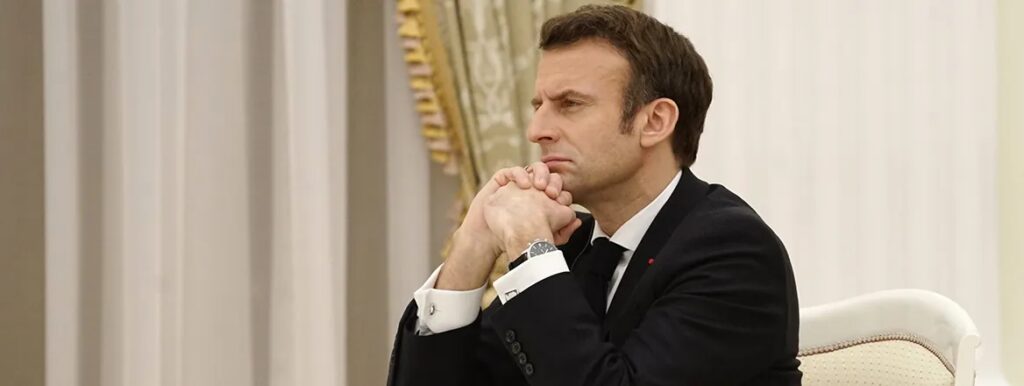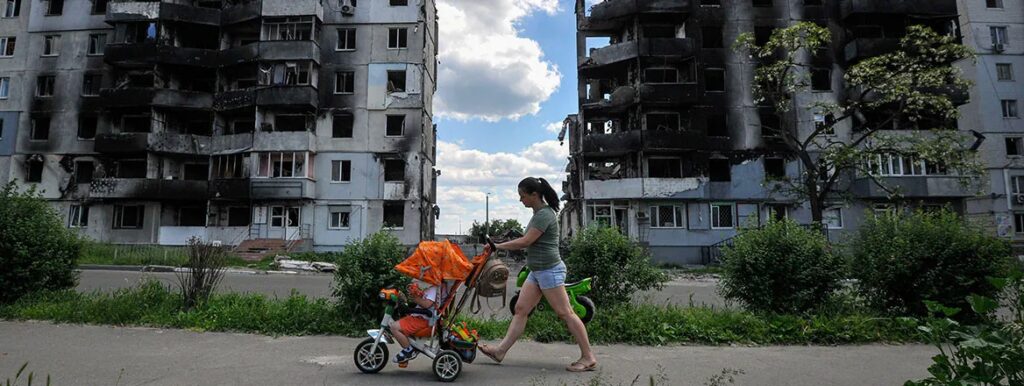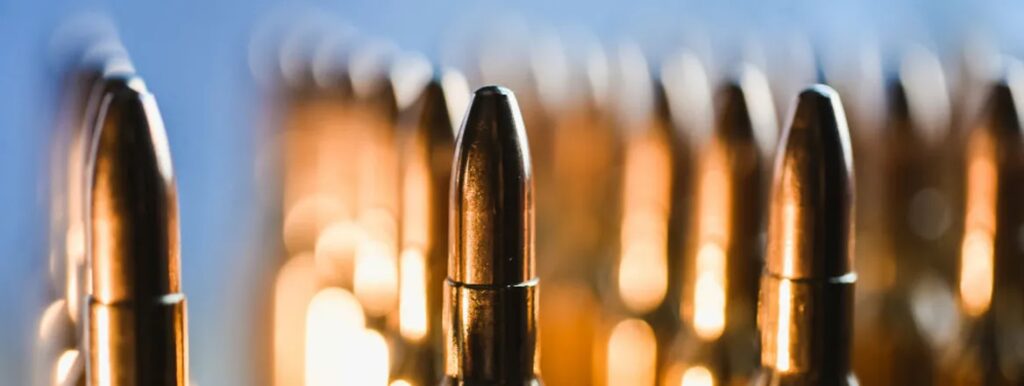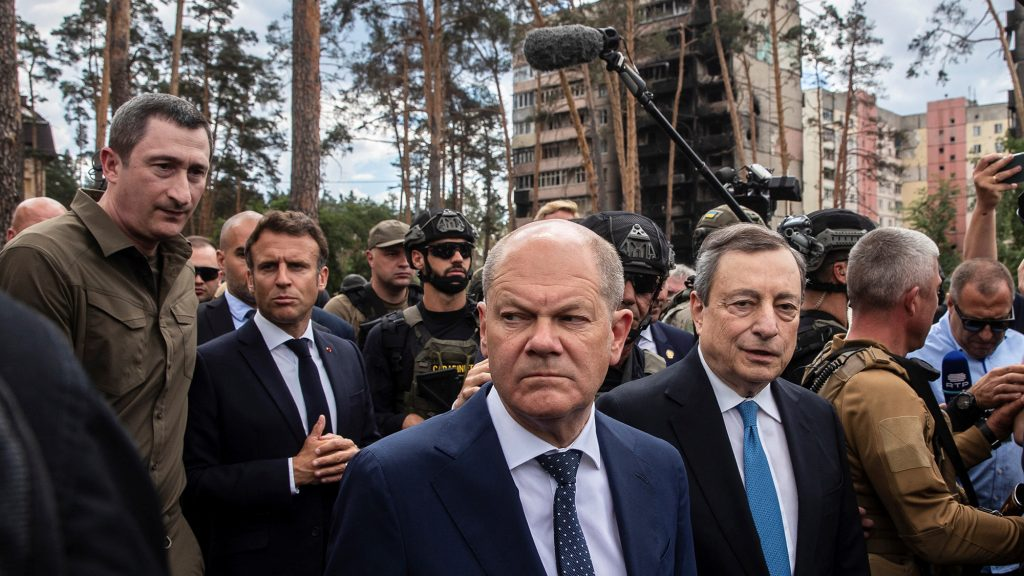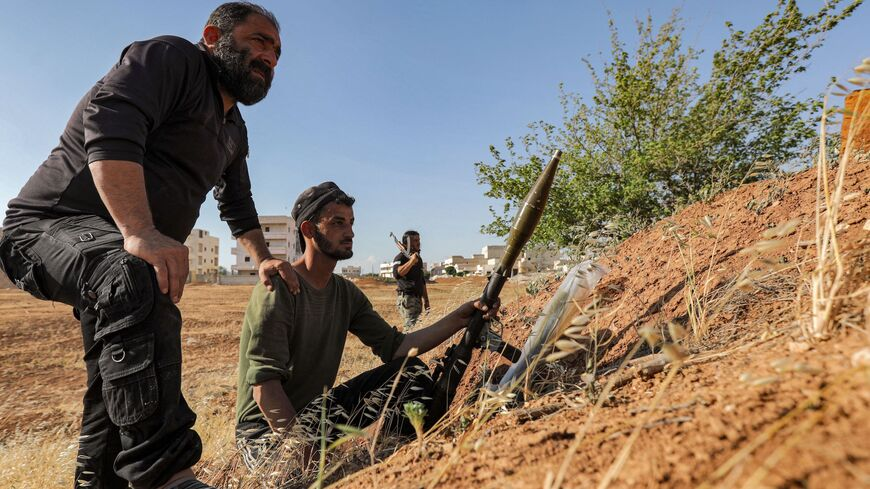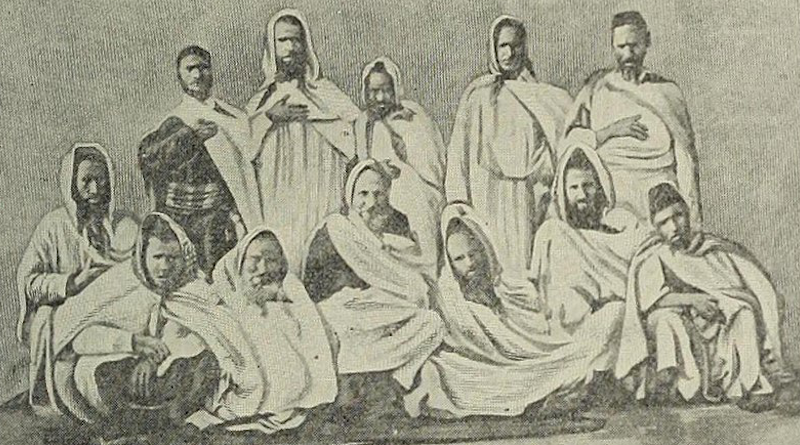How Ukraine Will Win
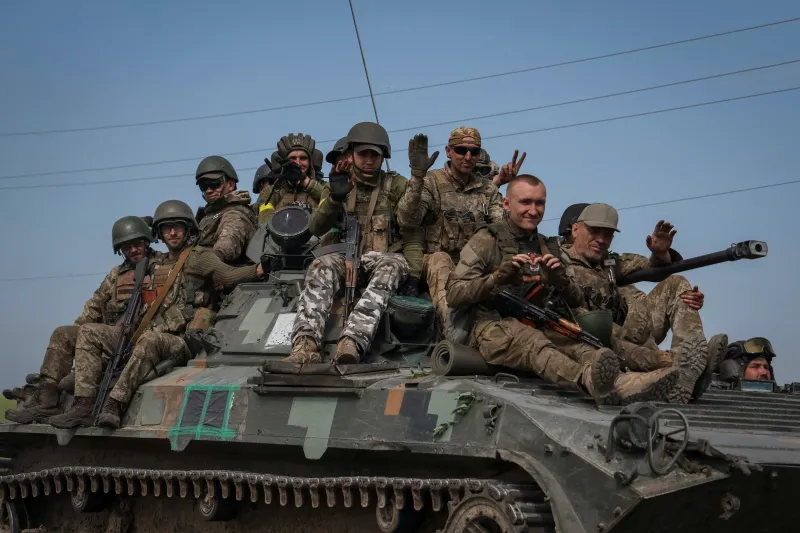
Kyiv’s Theory of Victory
As Russia’s all-out war of aggression in Ukraine drags on for a fourth consecutive month, calls for dangerous deals are getting louder. As fatigue grows and attention wanders, more and more Kremlin-leaning commentators are proposing to sell out Ukraine for the sake of peace and economic stability in their own countries. Although they may pose as pacifists or realists, they are better understood as enablers of Russian imperialism and war crimes.

